THE PLAN
At the SBDC, our team uses bank plans to package the most important data lenders review when making decisions about funding a loan.
WHAT IS A BANK PLAN? A bank plan, different from a business plan, outlines things like the purpose and use of the loan, how you plan to repay, your profitability and cash flow and how your business stacks up against industry data. Bankers typically skim over parts in your business plan like exciting marketing strategies and focus more on finances. So, the bank plan packages some of the most crucial financial data for bankers to easily review. We’ll uncover the components, next.
BUSINESS OPPORTUNITY – STARTING OR GROWING? Your plan starts with an executive summary. It’s short and to the point. This is the section where you explain how this loan helps you attain a business opportunity. We’ll help you explain your idea or business, market opportunity, how you (will) earn revenue and how the loan will ultimately help start or grow your business in financial and operational terms. If you have been successful in your market or have industry experience, don’t hold back –highlight your achievements!
USE OF FUNDS – WHY DO YOU NEED THIS LOAN? Bankers want security. This means showing them that the money they’re going to loan you has a precise purpose. Whether you plan to expand to a new location or you need equipment to start your business, this section explains the costs associated with your business opportunity.
WHAT’S YOUR TIMELINE? This part of the plan includes a timeline of when you plan to use the loan funds if approved. What are your business plans 30, 60, 90 days after funds are granted? For example, if you’re going to use the loan to buy a building to house your business, disclose the estimated dates of purchase, move-in date, and when you’ll be ready to operate.
WHAT ARE YOUR ASSUMPTIONS AND PROJECTIONS? Assumptions include accurate information on business operations, such as expenses and revenue. Then, financial projections use the assumptions to make future financial predictions. SBDC consultants can help you create both for your bank plan, which paints an objective picture for lenders as to your ability to pay back your loan. In this case, you might include your revenue and expenses and add a factor – such as new equipment you might be buying with this loan – to predict future revenue based on market data.
3 C’s of Credit:
Factors that help bankers determine your chances of securing funding:
COLLATERAL: Heavy machinery, buildings, a home or car, expensive equipment and accounts receivable are all valuable types of collateral the bank reviews as items it can sell if you default.
CASH: Cash in an account demonstrates that you have an interest in seeing your business succeed, even if you’re just starting or looking to grow. Bankers want proof that you’re financially responsible; personal and/or business savings are a good way to show that.
CREDIT: A good credit score makes you less of risk for banks; minor lapses like a late credit card payment, might be overlooked, however if your credit shows a recent bankruptcy or default(s), you might need to explore alternative lending options. We can help!













